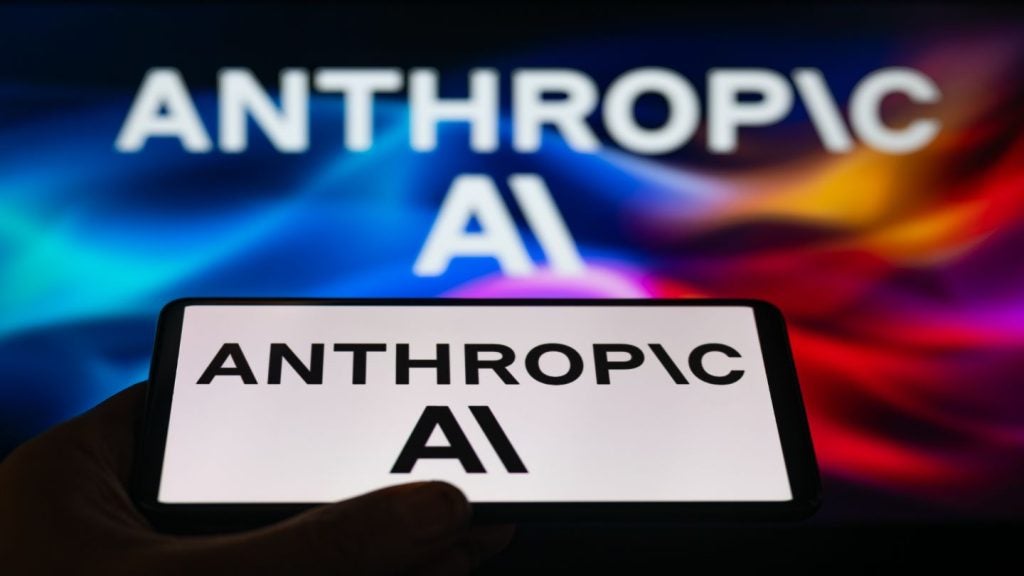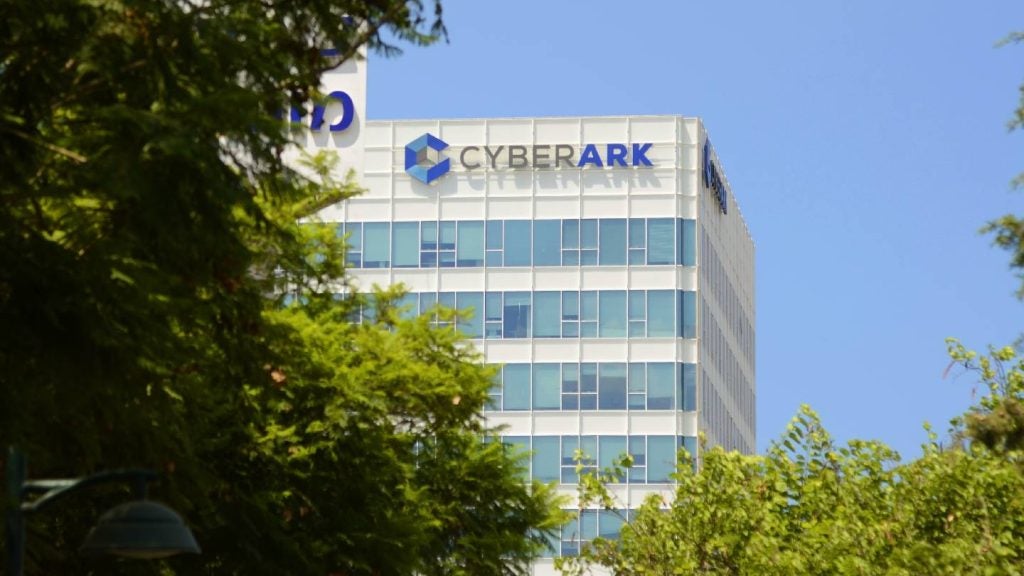KLA has filed a patent for an inspection system that generates images of sample regions before and after a process step, identifies a test region and comparison regions, and generates a multi-step difference image to identify defects in the test region. The system uses a combination of first-step and second-step images to detect defects associated with the second process step. GlobalData’s report on KLA gives a 360-degree view of the company including its patenting strategy. Buy the report here.
According to GlobalData’s company profile on KLA, Defect detection models was a key innovation area identified from patents. KLA's grant share as of September 2023 was 57%. Grant share is based on the ratio of number of grants to total number of patents.
The patent filed is for an inspection system for identifying defects


A recently filed patent (Publication Number: US20230316478A1) describes an inspection system and method for identifying defects in a sample after undergoing multiple process steps. The system includes a controller with processors that execute program instructions to implement an inspection recipe. The system receives first-step images of sample regions after a first process step and second-step images after a second process step that modifies the sample. One of the sample regions is identified as a test region, and the remaining regions are comparison regions. A multi-step difference image is generated by subtracting a combination of second-step comparison images and at least two first-step images from the test image. Defects in the test region associated with the second process step are identified based on the multi-step difference image.
The inspection system can use various techniques to determine weights associated with the weighted subtraction, including fitting techniques, regression techniques, multi-color adaptive threshold (MCAT) techniques, and machine learning techniques. The multi-step difference image is generated based on equations that involve the test image, second-step comparison images, and first-step images, with corresponding weights. Defects on the sample can be detected using a machine learning algorithm or a multi-die adaptive threshold (MDAT) technique.
The inspection method follows a similar process as the inspection system, generating first-step and second-step images of sample regions, identifying a test region and comparison regions, and generating a multi-step difference image. The method also includes classifying defects as either a nuisance or a defect of interest. The weights associated with the weighted subtraction can be determined using various techniques, and defects can be detected using a machine learning algorithm or MDAT technique.
The inspection system includes an imaging sub-system with an illumination source and a detector to image the sample. The controller is communicatively coupled to the imaging sub-system and receives the first-step and second-step images from it. The system can be configured as a bright-field imaging sub-system or a dark-field imaging sub-system.
Overall, this patent describes an inspection system and method that utilizes multi-step difference images and various techniques to identify defects in a sample after undergoing multiple process steps. The system offers flexibility in determining weights for the subtraction process and provides options for defect detection using machine learning or MDAT techniques.
To know more about GlobalData’s detailed insights on KLA, buy the report here.
Data Insights
From

The gold standard of business intelligence.
Blending expert knowledge with cutting-edge technology, GlobalData’s unrivalled proprietary data will enable you to decode what’s happening in your market. You can make better informed decisions and gain a future-proof advantage over your competitors.







